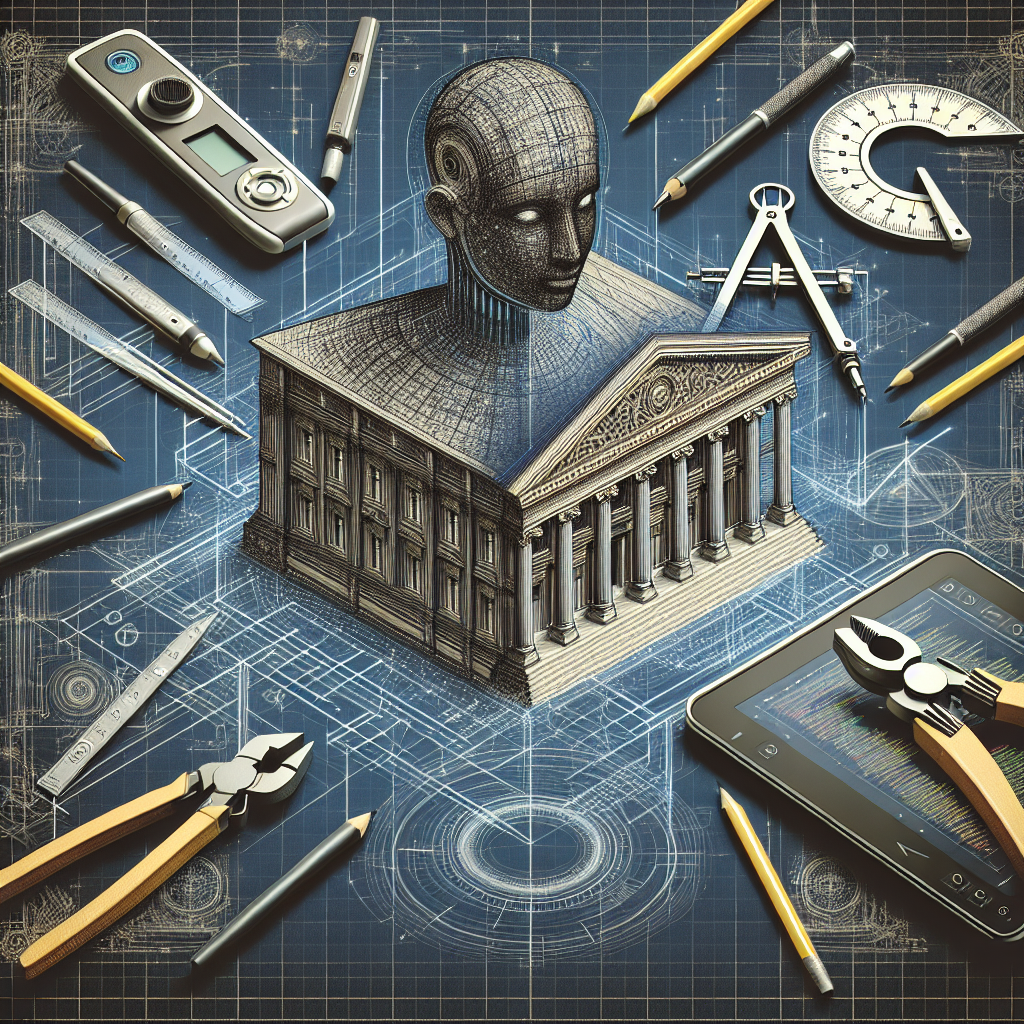Artificial Intelligence (AI) is rapidly transforming various sectors, and architectural education is no exception. AI technology is revolutionizing the way architects learn, design, and collaborate. With the rise of AI in architectural education, students and professionals are adapting to a new era of creativity and innovation.
Impact of AI on Architectural Education:
1. Enhanced Design Capabilities:
AI tools such as generative design software and parametric modeling allow architects to explore complex design possibilities and create innovative solutions. These tools analyze data and generate design options based on predefined parameters, enabling architects to push the boundaries of traditional design concepts. By leveraging AI, students can develop their design skills and experiment with new ideas that were previously impossible to achieve.
2. Streamlined Workflows:
AI technology streamlines the architectural design process by automating repetitive tasks and reducing manual labor. Architects can use AI-powered software to generate floor plans, calculate building materials, and optimize energy efficiency. This automation frees up time for students to focus on more creative and strategic aspects of design, ultimately improving productivity and efficiency in architectural education.
3. Personalized Learning:
AI-powered educational platforms offer personalized learning experiences tailored to each student’s needs and learning style. These platforms use machine learning algorithms to analyze student performance data and provide customized feedback and recommendations. By incorporating AI into architectural education, students can receive individualized support and guidance to enhance their skills and knowledge in the field.
4. Collaboration and Communication:
AI tools facilitate collaboration and communication among students, professors, and industry professionals. Virtual reality (VR) and augmented reality (AR) technologies enable architects to visualize and interact with 3D models in real-time, regardless of their physical location. These immersive experiences foster greater collaboration and creativity, allowing students to work together on design projects and share ideas seamlessly.
5. Sustainable Design:
AI plays a crucial role in advancing sustainable design practices in architectural education. Machine learning algorithms can analyze environmental data and predict the impact of design decisions on energy consumption and carbon emissions. By integrating AI into sustainability-focused courses, students can develop eco-friendly design solutions that prioritize environmental stewardship and long-term sustainability.
FAQs:
Q: How is AI used in architectural education?
A: AI is used in architectural education to enhance design capabilities, streamline workflows, personalize learning experiences, facilitate collaboration, and promote sustainable design practices. AI tools such as generative design software, parametric modeling, and machine learning algorithms enable students to explore new design possibilities, automate repetitive tasks, receive personalized feedback, collaborate virtually, and develop sustainable solutions.
Q: What are the benefits of incorporating AI into architectural education?
A: The benefits of incorporating AI into architectural education include improved design skills, increased productivity, personalized learning experiences, enhanced collaboration, and sustainable design practices. AI technology empowers students to push the boundaries of traditional design concepts, optimize workflows, receive customized support, work together on projects, and prioritize environmental stewardship in their design solutions.
Q: How can students and professionals adapt to the impact of AI on architectural education?
A: Students and professionals can adapt to the impact of AI on architectural education by embracing new technologies, honing their design skills, leveraging AI tools for productivity, seeking personalized learning opportunities, collaborating with peers, and integrating sustainable design practices into their work. By staying informed and proactive in their learning and practice, students and professionals can thrive in a rapidly evolving industry influenced by AI.
In conclusion, the impact of AI on architectural education is profound and far-reaching. By leveraging AI technology, students and professionals can enhance their design capabilities, streamline workflows, personalize learning experiences, collaborate effectively, and prioritize sustainability in their design solutions. As AI continues to reshape the architectural landscape, it is essential for educators and students to embrace these advancements and adapt to the evolving demands of the industry.

